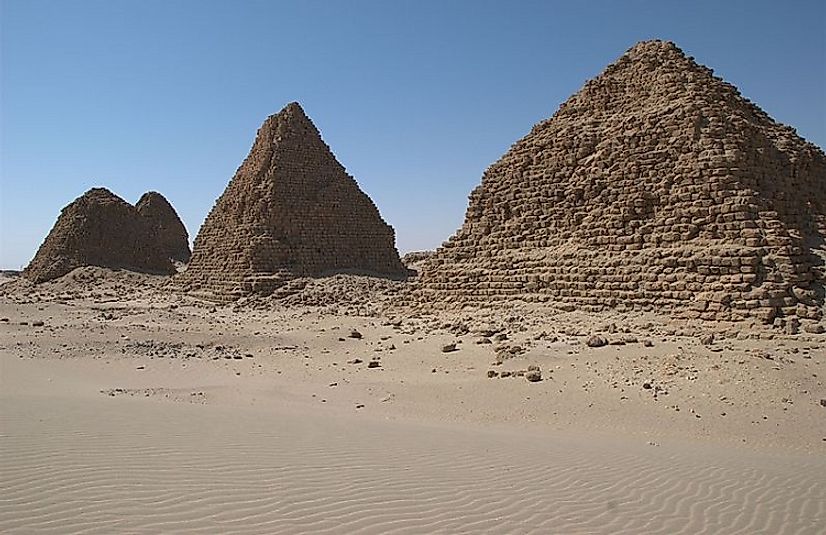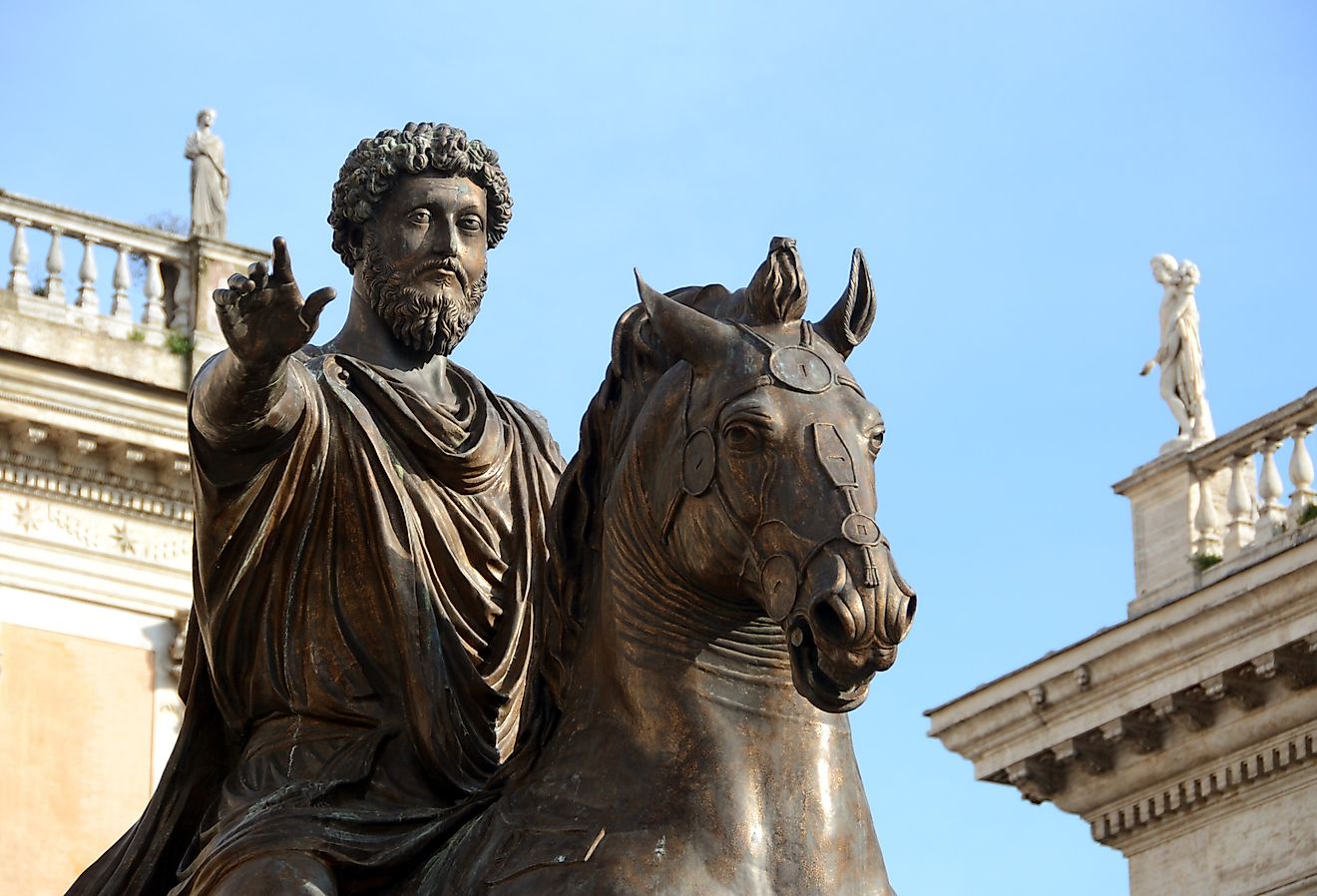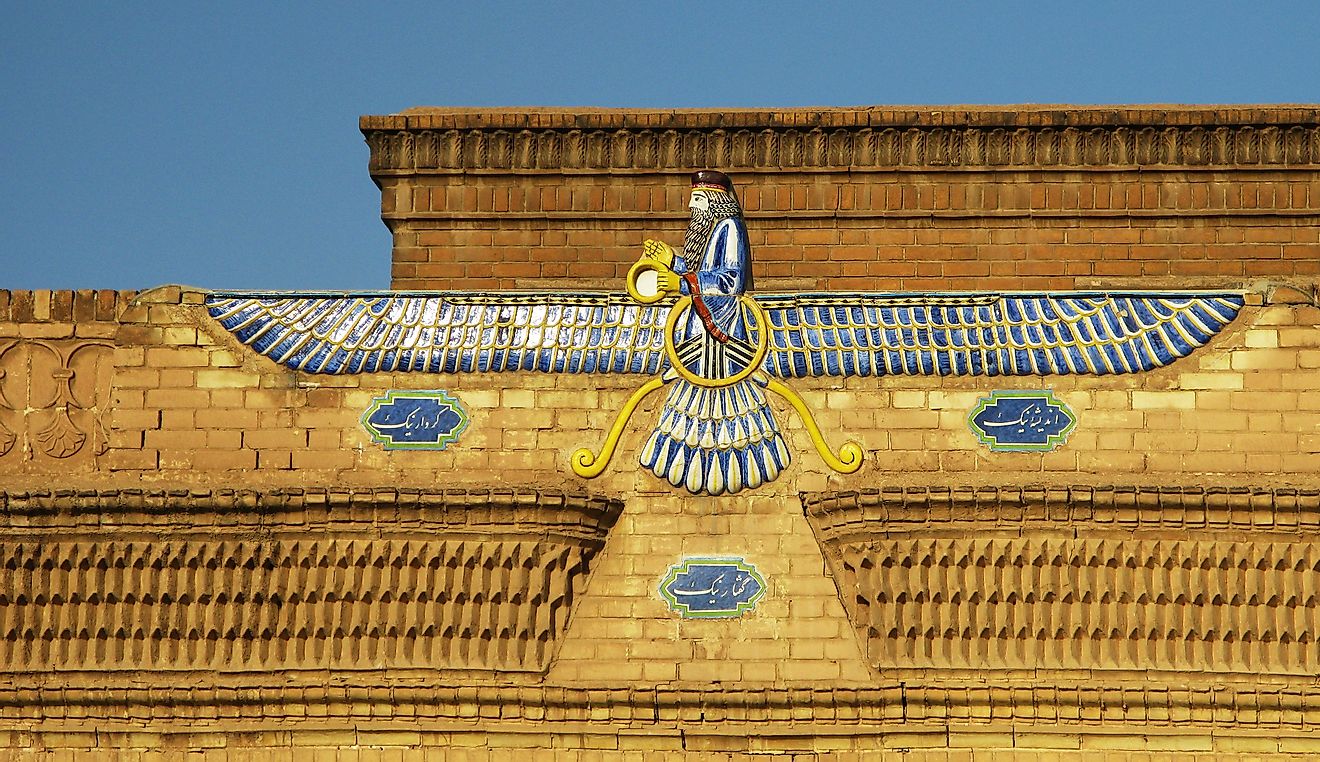Nubian Kingdom Of Kush (11th Century BC to 4th Century AD)

5. Background and Initial Formation
Nubia, or Kush, was a region along the river Nile in today’s southern Egypt and northern Sudan. It was one of earliest civilizations of north-eastern Africa whose history can be traced back to at least 3000 B.C. During the New Kingdom of Egypt (16th to 11th Centuries B.C.), Nubia was an Egyptian colony. When the New Kingdom came to an end, Kush became an independent kingdom centered at Napata in present-day Sudan. Between 780 and 755 B.C., King Alara established the Kushite Dynasty. Though Nubian culture predated that of the Egyptians, the Kushites were heavily influenced by Egypt with its rise. They worshiped many Egyptian gods, and the kings styled themselves as Pharaohs and even built pyramids.
4. Rise To Power And Accomplishments
The Kushite Kingdom grew in influence under Alara’s successor Kashta, who extended his hegemony over the Elephantine region of southern Egypt and Thebes. Kashta compelled Shepenupet I, the "God's Wife" (high priestess) of the Amun cult, to adopt his daughter as her successor after which Thebes practically became a Nubian province. The Kushites developed an independent script and were the first and only ancient civilization to have a succession of female sovereigns. Kushite power reached its climax under Kashta’s successor Piye. In the twentieth year of his reign, Piye conquered all of Egypt and formed its 25th Dynasty. This line lasted until a native Egyptian dynasty regained power for the last time in 653 B.C under Psamtek I. After the Assyrians invaded Egypt some years later, Kush became an independent kingdom.
3. Challenges and Controversies
When King Tantamani attempted to retake Egypt in 664 B.C., he was soundly defeated by the Assyrians. In 591, the Egyptians under Psamtik II invaded Kush under King Aspelta, and burnt down Napata. The Kushites reestablished their capital further south at Meroe, probably for the forest resources, which could provide the wood to heat iron furnaces and to trade with the growing number of Greek traders. There are differing theories on the move to Meroe. Since no royal residence has been found at Napata, one view is that Napata was only a religious center. Nubian kings were crowned and buried at Napata, though they lived and ruled from Meroe. The discovery of a royal burial site at Meroe suggests that the kings threw off the religious yokes of the priests, and ruled in their own right from their capital.
2. Decline and Demise
Kush flourished for many centuries, even under the Greek and Roman imperial hegemony to come. However, the royal tombs began to reduce in size and grandeur by the 2nd Century A.D., and the large-scale building projects came to an end. By the middle of the 4th Century, no royal burials continued to take place. Archaeological evidence suggests that the Kushite Kingdom was destroyed by an Ethiopian invasion around 350 A.D. By the Sixth Century, new states had formed in the regions of Nubia once ruled from Meroe. It seems certain that the Nubian culture morphed into a culture called the Ballana, which governed the known states of the time, including Makuria, Alodia, and Nobatia.
1. Historical Significance and Legacy
The name of Kush is given by the Old Testament. Cush was a son of Ham who settled in Northeast Africa, and gave his name to the region between northern Sudan and southern Egypt, extending into parts of Somalia, Eritrea, and Ethiopia along the Horn of Africa. Cush, to some, represented the Garden of Eden in the Hebrew Bible. The Kushites neglected to write much in the way of historical records, and therefore much of whatever we do know about them today comes from Egyptian texts and archaeological studies. Strong female rulers provided stability between kings, and mothers exercised a strong influence over their sons who became male rulers. Unlike Egypt, the Kushite kings also governed with some degree of popular consent, and Nubian law was largely independent from the use of royal decree.











